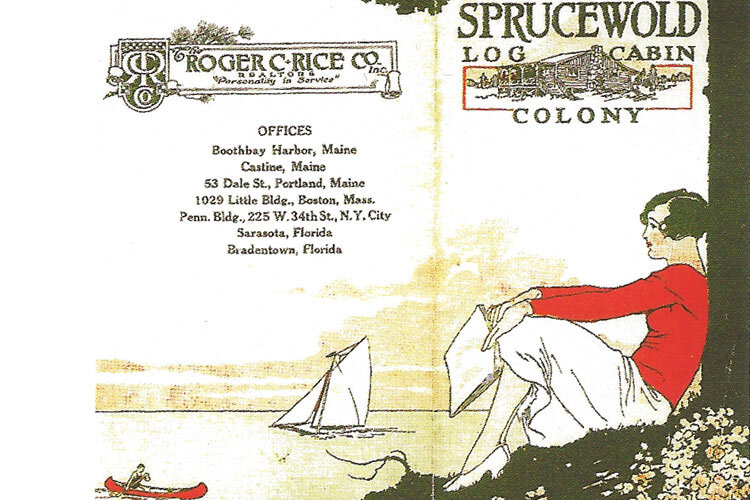Figural Burl Frame
We are constantly on the hunt for quality rustic accessories, so feel rewarded when we find something as fantastic as this frame. It embodies the essence of rustic creativity - transforming natural materials into aesthetically pleasing and functional furnishings.
The frame dates from an early era of rustic design, circa 1890-1900, and originated in the northeastern United States. It was most likely made in southern New England or New York, as it is similar to other burl-decorated pieces we have found from New York’s Hudson Valley region.
It has a solid wooden frame backing that is covered in applied root burls and twigs. The burls are slabbed with flat backs so that they fit flush against the frame.
Some of the tendril-like root twigs on the frame are intact with the burls from which they grew. Additional root tendrils are applied over and around the burls to enhance the natural, intertwined appearance of a root mass while lending sculptural interest to the frame.
These root materials were most likely harvested from rhododendron or laurel shrubs, two species in which these types of burls form at the transition from stems to roots. The photo below shows a root burl and roots on a larger, single-stem rhododendron.
Rhododendron root burl (waldroupwoodworks.com/)
The substantial size of this frame also sets it apart from more common rustic frames.
The figural root burl frame shown with a 9" x 11" rustic frame in its opening.
It is 40” high x 30” wide (with a 26” x 19.5” opening), so is plenty large enough to hold a beveled mirror, artwork or matted photo collage while contributing a significant dose of rustic style to a room.
The frame retains its original dark shellac surface and its overall condition is excellent, indicating that it hung safely in one place for many years.
The frame's crowning asset so to speak, is the figural form centered prominently at the top.
A natural burl forms the head of a deer and roots comprise its antlers. The maker incised eyes, a nose and mouth into the burl, and applied carved ears. The symmetrical arched twigs and the intersecting vertical twigs on either side of the deer head provide an additional flourish.
Burls have long inspired artistic interpretations within the genres of folk art, Native American and rustic antiques. Here are some examples from our past inventory of animal and human figures created from burls and roots that help place this frame in a larger artistic context.
The four photos below show dog, bird, fox and monkey sculptures created from rhododendron root burls.
The creator of the lamp base shown below carved reptilian figures and human faces into tree roots, and used small burls as accents.
Native American craftsmen within Penobscot tribes have long made traditional ceremonial clubs from white birch root burls. This amazing example of an early Penobscot club incorporates both human and animal figures:
The following two photos show another Penobscot club that has both animal and human figures worked into the natural shapes of the burls.
In the final example below, the creator of a burl frame treated the top center in much the same way as the maker of our current root burl frame, but in this case it is a burl man rather than a deer occupying the place of prominence.
As with all of the burl creations shown above, and like most early pieces of rustic craftsmanship, the maker of our root burl frame remains anonymous. However, the initials “F.F.O.A.” are discretely inscribed on a twig beneath the deer.
It would be unusual for four letters to comprise a maker's initials, so they most likely abbreviate the name of a fraternal organization where the frame might have held a club charter or photographs of its members. Or perhaps the initials represent the name of a sporting lodge where the frame once displayed a landscape or wildlife print over a stone fireplace.
While its contents and original setting are lost and forgotten, the frame itself has been carried forward more than 100 years, awaiting an opportunity to accent new interiors within and around its borders.



































